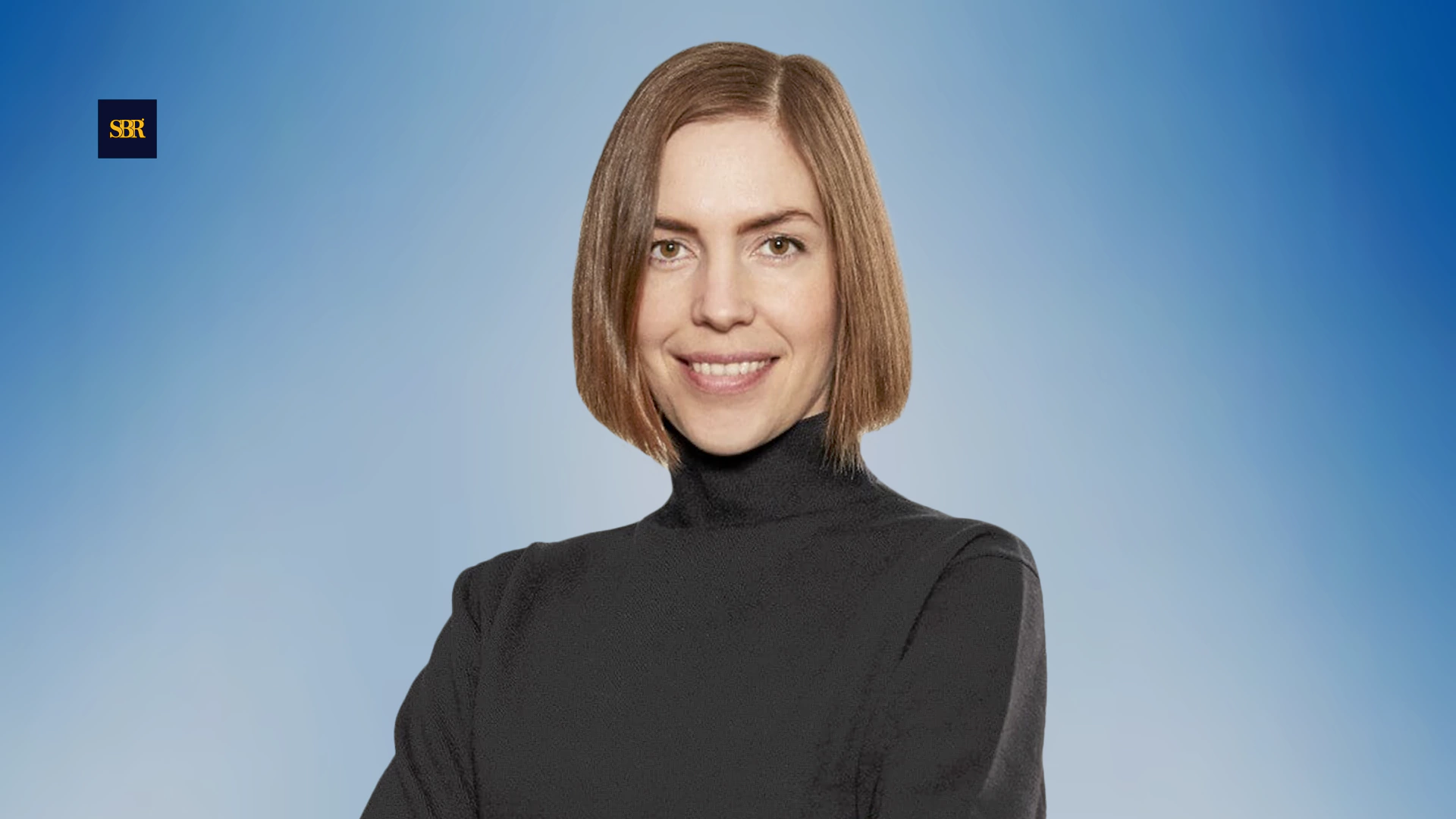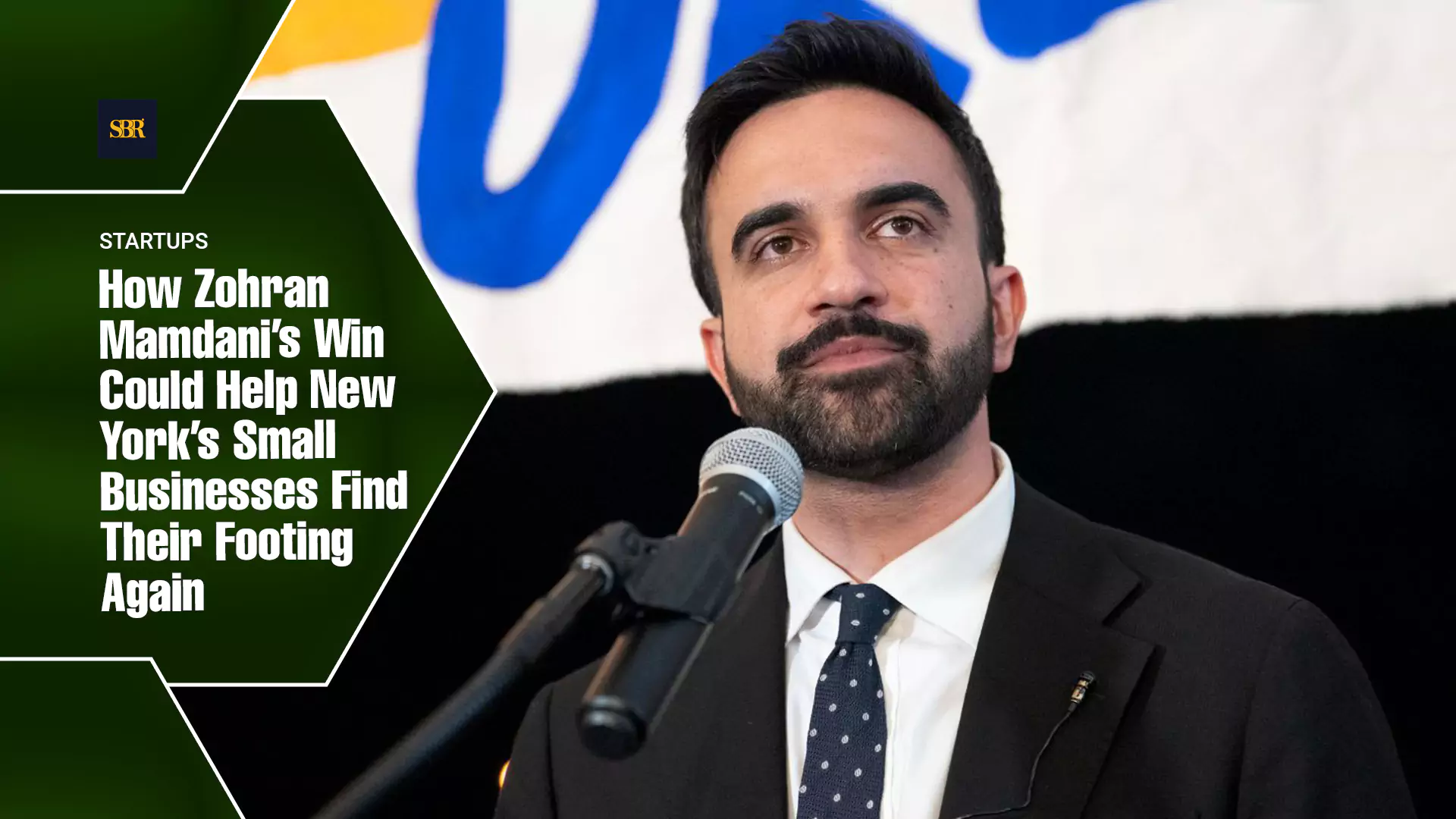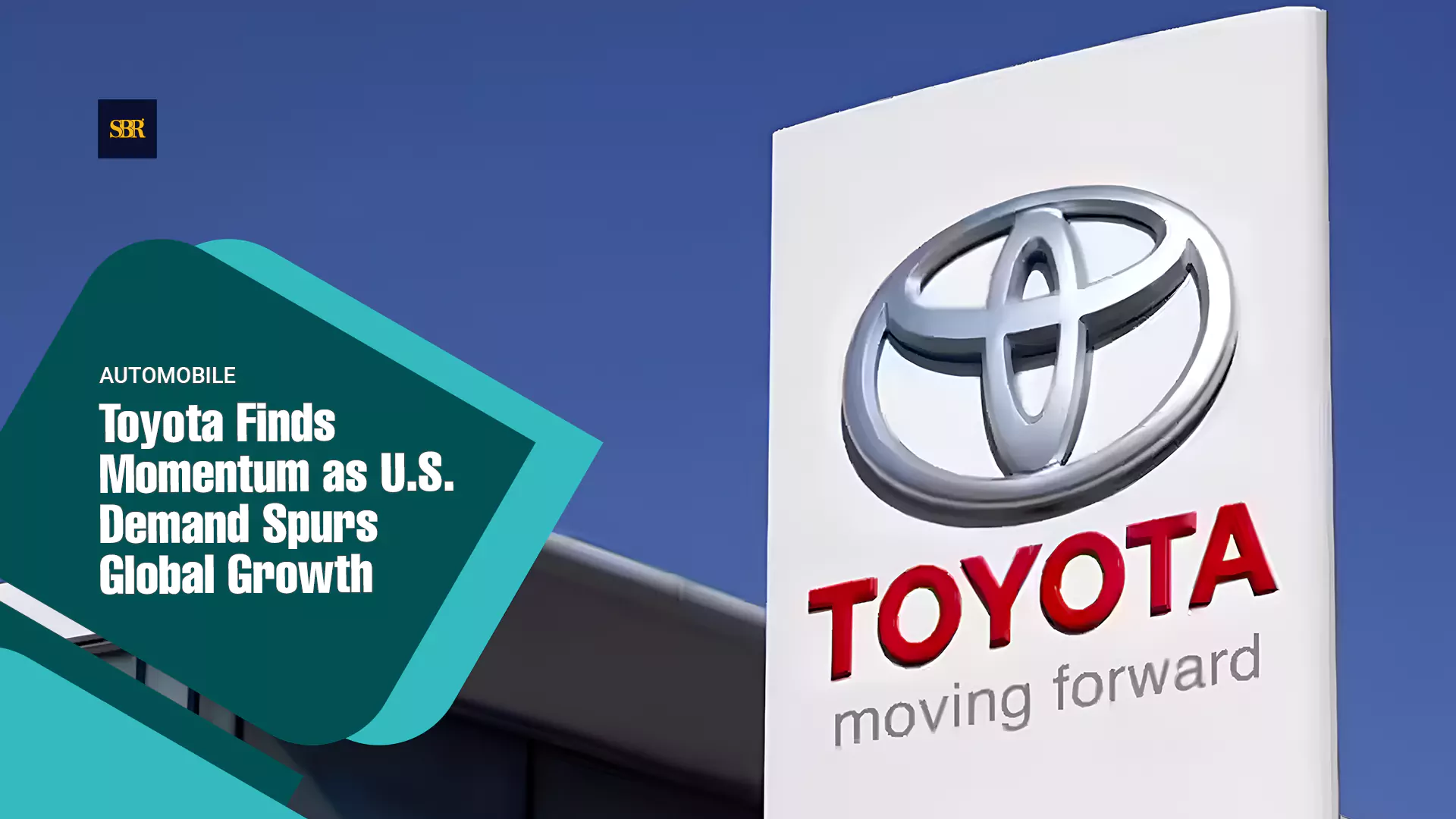🔺10 Fascinating Women Entrepreneurs to Watch 2025
Helene Lassen Nørlem of Tiimo is Helping Neurodivergent Minds Find Their Own Balance
How a designer turned a university project into a global platform that helps neurodivergent people find structure and calm in daily life.

Helene Lassen Nørlem, Co-Founder & Co-CEO, Tiimo
Helene Lassen Nørlem is a designer who built Tiimo around understanding how people think, feel, and live. While studying digital design and communication at the IT University of Copenhagen, she became fascinated by how people experience time and how differently our minds find structure. She noticed that traditional planning tools often failed those who process information in unconventional ways.
That observation became the seed for Tiimo, the digital planner she co-founded with Melissa Würtz Azari. What began as a graduate thesis project has grown into a company that now supports thousands of users around the world. Tiimo’s purpose is simple yet transformative. It helps people with ADHD, autism, dyslexia and other neurodiverse conditions structure their days through visual cues, reminders and routines that feel intuitive rather than demanding.
Helene’s design background gave her a unique advantage. She understood that accessibility is not just about legible fonts or easy interfaces but about empathy. A tool that works for a neurodivergent user must fit how they actually think and feel. That belief shaped the foundation of Tiimo and still guides how the company builds its products today.
What Challenge Does Tiimo Solve
Most digital planners were built for minds that thrive on linear lists and text-heavy schedules. For neurodivergent users, those tools can feel overwhelming and guilt-inducing. Helene saw that productivity should not mean perfection but support.
Tiimo addresses this gap by transforming routines into visual timelines that make daily tasks easier to follow. Instead of expecting users to adapt to a system, Tiimo adapts to them. The interface uses colors, icons and countdowns to represent time visually, turning structure into something encouraging rather than restrictive.
Helene often describes Tiimo as a companion that helps people stay present rather than a checklist that measures success. This distinction has made the app a trusted partner for people managing time blindness, executive function challenges and transitions throughout the day.
The company’s goal is simple yet ambitious. Education, work and daily life should not depend on how well someone fits into a single model of productivity. Everyone deserves tools that help them feel capable and in control.
How Tiimo Works
Visual Planning and Personal Rhythm: Tiimo’s design revolves around visual planning. Each activity can be represented by icons and timers that show time passing in a way that makes sense to those who process information visually. The app sends gentle reminders and countdowns that help users transition smoothly from one task to another. It is not about pressure or deadlines but about guidance and rhythm.
Growth and Inclusion: What began as a smartwatch app for children with ADHD has evolved into a full platform for adults and families. Tiimo now runs on multiple devices and is expanding across languages and regions. The company has raised millions in funding to continue improving accessibility and to reach more communities around the world.
Helene and her team have created an active online community where users share templates, routines and advice. This exchange turns Tiimo from a product into a movement for inclusive design. The company’s growth is steady because it focuses on trust, not trends. People use it because it feels like a helping hand rather than another productivity app.
The Right Moment
Awareness of neurodiversity has never been higher. More workplaces, educators and parents are recognizing that the traditional idea of focus and productivity does not fit everyone. Helene built Tiimo during this shift, understanding that technology could either reinforce exclusion or redefine inclusion.
Her timing could not have been better. As digital tools became more sophisticated, they also became more rigid. Tiimo represents the opposite philosophy. It is flexible, humane and responsive to different cognitive needs.
Helene’s approach is guided by one clear principle. Design should start with empathy, not assumptions. Instead of building features for efficiency alone, Tiimo designs for emotional connection and self-esteem. That mindset sets the company apart from the typical tech startup narrative.
What’s Next for Tiimo
Tiimo continues to grow as both a company and a community. Helene’s next goal is to make the platform accessible on every device people use, from phones and tablets to desktops. She wants Tiimo to be available wherever structure is needed most, whether at home, in school or at work.
She is also focused on expanding Tiimo’s visual learning features, making them adaptable for children and adults who process information differently. The team is exploring new ways to use gentle AI tools to personalize reminders and routines without taking away the human touch that defines Tiimo.
Inside the company, Helene promotes an inclusive leadership culture that values balance and wellbeing as much as innovation. Her team practices what they build, using flexibility, clear communication and trust as the foundation of their work.
Helene Lassen Nørlem represents a new generation of entrepreneurs who see technology as a tool for empathy. She built Tiimo not to fix how neurodivergent people function but to celebrate how they think. By creating a product that listens to its users and grows with them, she is redefining what productivity and independence can look like.
Tiimo is more than an app. It is a revolution in how people live their days. And Helene’s work reminds us that when design meets understanding, technology can finally feel like it belongs to everyone.
From a classroom concept to a global tool, Tiimo reflects a new way of thinking about time, structure, and neurodiversity.







